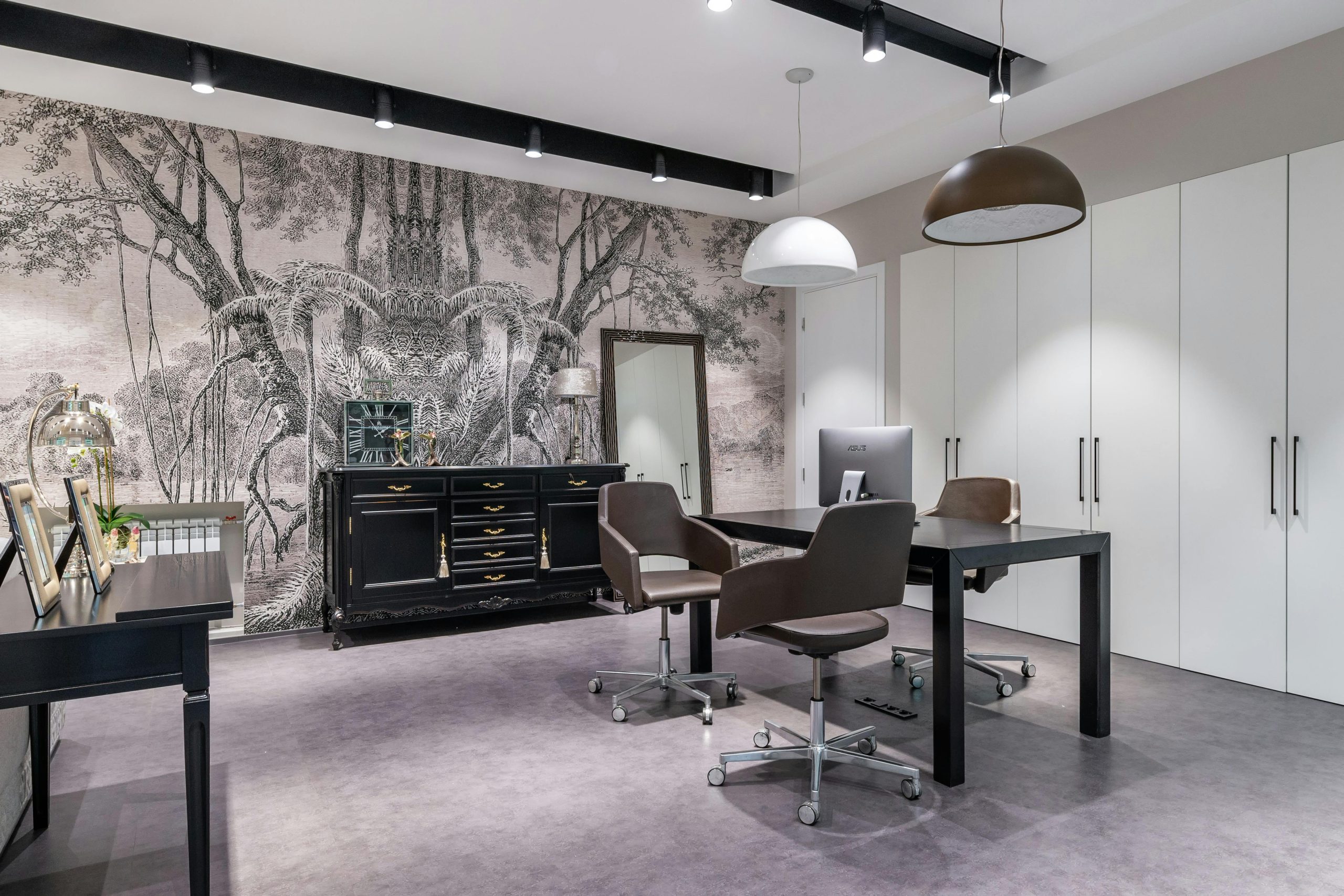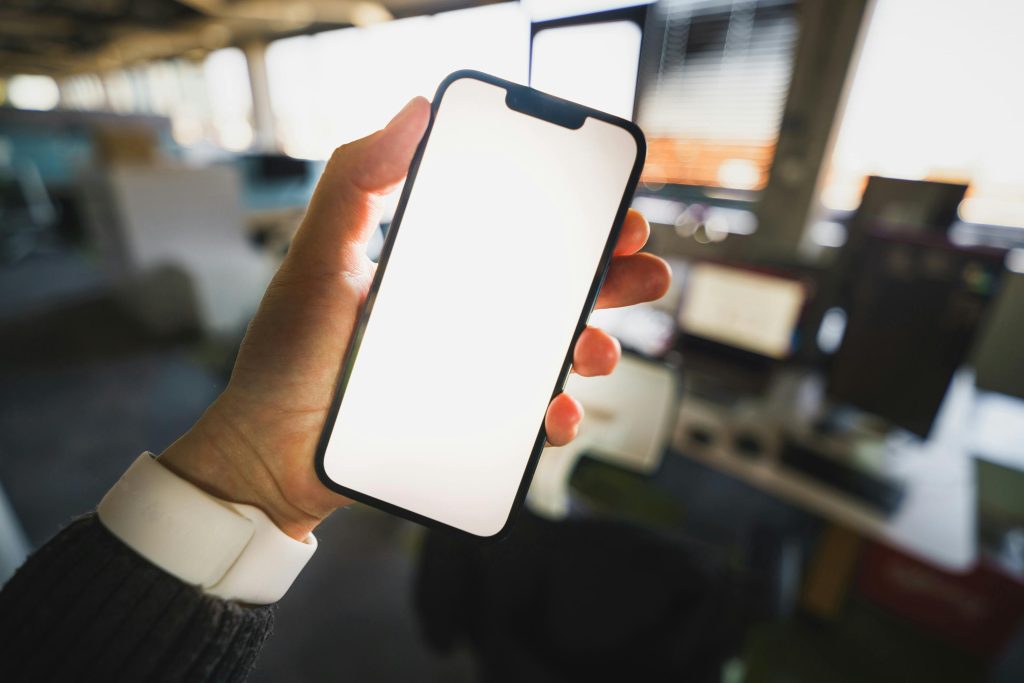Troubleshooting: Why Your Wallpaper Goes Black When Connecting an Older Monitor
Connecting an external monitor to a laptop can sometimes lead to unexpected issues, especially when the monitor is older and utilizes outdated ports. Recently, I encountered a peculiar problem while attempting to connect my Lenovo IdeaPad Gaming 3 (15ACH6) to my vintage Asus MS202 monitor. Here’s a brief overview of the situation and some potential solutions for anyone facing a similar dilemma.
The Setup
My Asus MS202 monitor, while reliable, is quite dated. It lacks modern features like an HDMI port, requiring me to use a VGA connection through a converter. Despite the age of the monitor, it has served me well for various tasks—until I tried to connect it to my laptop.
The Issue: Black Wallpaper
After establishing the connection, I noticed that my wallpaper turned completely black. This unexpected change sparked confusion, leaving me wondering what could cause such a simple yet frustrating glitch.
Possible Causes and Solutions
-
Display Settings: It’s essential to check your display settings. Ensure that your laptop recognizes the external monitor properly. Navigate to your display settings and select the correct output mode, whether it’s extended or duplicated.
-
Driver Issues: Outdated graphics drivers may lead to compatibility issues. Make sure that your graphics drivers are up to date. You can check the manufacturer’s website or use a driver update tool.
-
Resolution Problems: Older monitors like the MS202 often support lower resolutions. If your laptop’s output resolution exceeds what the monitor can handle, it may result in a black screen. Try lowering the resolution in your display settings to see if that resolves the issue.
-
Connection Quality: Inspect the VGA cable and converter for any damage. A faulty connection could disrupt the signal, leading to display issues. If possible, test with another cable or converter to rule out hardware problems.
-
Operating System Preferences: Occasionally, the operating system may need a refresh. Restarting the laptop and reconnecting the monitor can sometimes resolve transient issues.
Conclusion
Connecting an older monitor to a modern laptop can be tricky, but with some patience and troubleshooting, the problem can often be resolved. If you find your wallpaper turning black after establishing a connection, consider these potential solutions. Remember, technology is continually evolving, and sometimes it requires a little extra effort to bridge the gap between the old and the new.
Feel free to share your experiences or additional
Share this content:




Hi there,
It sounds like you’ve encountered a common issue when connecting older monitors via VGA, especially if the resolution settings or display configurations aren’t properly adjusted. Here are some additional troubleshooting steps that might help you resolve the black wallpaper problem: